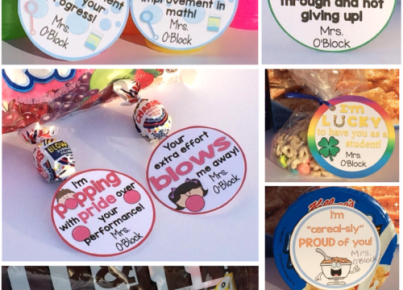Formative assessments help teachers analyze the particular topics that students are struggling with. They can target the learning progress of students through different means to get feedback from the students.
The feedback is formally known to be the formative assessment, which can be in the form of an essay, journal entries, worksheets, research papers, projects, ungraded quizzes and tests, lab results, presentations, or even art.
Formative Assessment Reform
Formative assessment has only been around since the 1960s. This assessment method is now considered to be outdated by many experts. However, many schools still practice the concept of formative assessment.
Their reasons for still using the concept of formative assessment may appear to be valid because educators can track their students’ progress and improve them significantly as they assess them midway through their learning.
Many researchers and educators are now questioning the concept of formative assessment for similarly valid reasons. Another assessment system may be produced due to the drawbacks of the formative assessment system.
Why Use Formative Assessment?
Formative assessment helps teachers better analyze their teaching progress, but often, students also find the assessment beneficial. They can understand better where they stand from a different perspective.
Through immersive learning, they can improve their performance and eventually score better than many of their peers.
Teachers primarily use formative assessment to:
- Direct students towards critical thinking and improve their learning progress rather than focus on grades or extrinsic rewards
- Encourage students to perform better rather than dwell on their weakness
- Provide students with a detailed concept of the topics at hand
- Speed up the learning progress of children who are lagging behind the rest of their peers
Measures To Assess Students
Many educators follow the following steps to assess their students through formative assessment.
- They gather their feedback on the topics that have already been taught in class through various methods. This way, they can understand what topics their students are struggling with the most.
- At the end of every class, teachers collect slips to ask students to jot down what they learned from the class. These slips are collected by the teachers and then assessed to analyze if the classes fulfill the children’s learning needs.
- They allow students to speed up where they feel they are lagging in the classroom.
Concluding Thoughts
Many teachers focus on assessing their students through various grading systems. Although assessing students is not necessarily a bad idea, teachers make a few mistakes unknowingly along the way.
Teachers who focus on formative assessment to track their students’ progress use a variety of methods to evaluate their student’s comprehension, learning skills, and academic progress.


